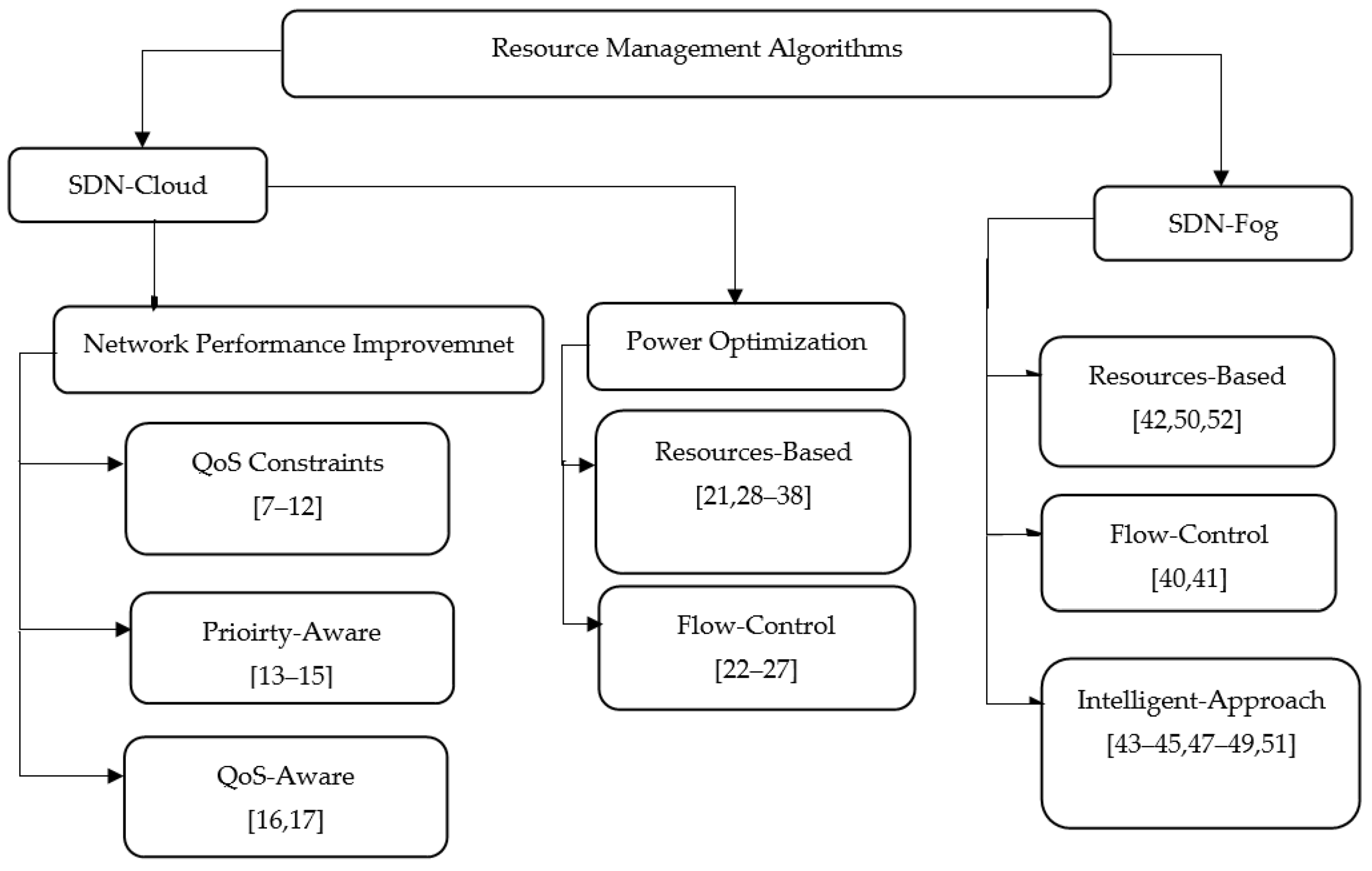Optimizing SDN Management: Proven Strategies for Better Network Performance
telcomatraining.com – In the rapidly evolving landscape of modern networking, Software-Defined Networking (SDN) has emerged as a game-changer. By decoupling the control plane from the data plane, SDN provides unprecedented flexibility, scalability, and programmability. However, to fully harness the potential of SDN, effective management strategies are essential. In this article, we explore proven strategies to optimize SDN management and boost network performance.
1. Centralized Control for Simplified Operations
One of the core advantages of SDN is centralized control. By leveraging a central SDN controller, network administrators gain a holistic view of the entire network infrastructure. This centralization simplifies management tasks such as configuration, monitoring, and troubleshooting. To optimize performance, it’s essential to deploy a robust and scalable controller that can handle the demands of large, complex networks without introducing latency or bottlenecks.
2. Automated Policy Enforcement
Automation is a cornerstone of efficient SDN management. Using programmable interfaces, administrators can define and enforce policies that govern traffic flow, security, and QoS (Quality of Service). Automated policy enforcement minimizes human error and ensures consistent application across the network. Implementing intent-based networking (IBN) can further enhance automation by aligning network behavior with business objectives.
3. Real-Time Network Monitoring and Analytics
Real-time visibility into network operations is crucial for optimizing SDN performance. Advanced monitoring tools integrated with the SDN controller can provide detailed analytics on traffic patterns, latency, packet loss, and more. These insights enable proactive management, allowing administrators to identify issues before they impact users. Leveraging AI-driven analytics can also aid in detecting anomalies and predicting potential failures.
4. Scalable Network Architecture
As businesses grow, so does their network traffic. SDN must be designed with scalability in mind to accommodate increasing loads without degrading performance. This involves using distributed controllers, load balancing mechanisms, and modular network designs that support horizontal scaling. A scalable SDN architecture ensures that network performance remains high, even during peak usage periods.
5. Security-First Approach
With the increased programmability of SDN comes a greater need for robust security. Centralized control points can become targets for cyberattacks if not properly protected. To optimize management, it is vital to implement strong authentication, encryption, and access control measures. Additionally, integrating SDN with a security information and event management (SIEM) system can enhance threat detection and response capabilities.
6. Integration with Legacy Infrastructure
Many organizations operate in hybrid environments where traditional networking coexists with SDN. For optimal performance, seamless integration between the two is essential. This includes using APIs, network overlays, and virtualization techniques to bridge the gap. Effective integration reduces complexity, ensures interoperability, and allows for a smoother transition to full SDN adoption.
7. Continuous Testing and Validation
Ongoing testing is critical to maintaining and improving SDN performance. Continuous integration/continuous deployment (CI/CD) pipelines can be used to test network changes in a controlled environment before going live. Simulation tools can model network behavior under various scenarios, helping to identify weak points and refine configurations for better efficiency.
8. Training and Skill Development
Even the most advanced SDN solutions require knowledgeable personnel to manage them effectively. Investing in training and certification programs for IT staff ensures they are equipped with the latest skills and best practices. A well-trained team is essential for proactive SDN management, rapid incident resolution, and strategic network planning.
Conclusion
Optimizing SDN management is not a one-time task but a continuous process of refinement and innovation. By implementing centralized control, automation, real-time analytics, and robust security, organizations can significantly enhance network performance. When paired with scalable design, seamless integration, and skilled personnel, these strategies pave the way for a high-performing, future-ready SDN infrastructure.







